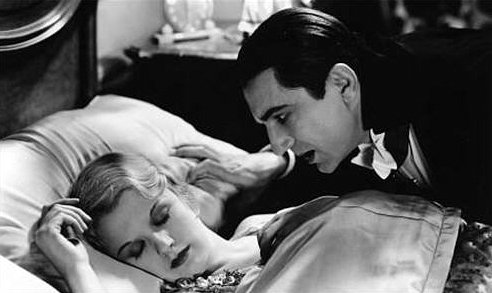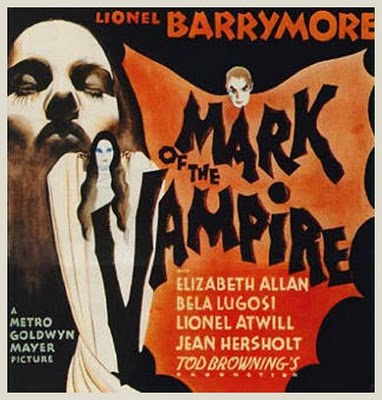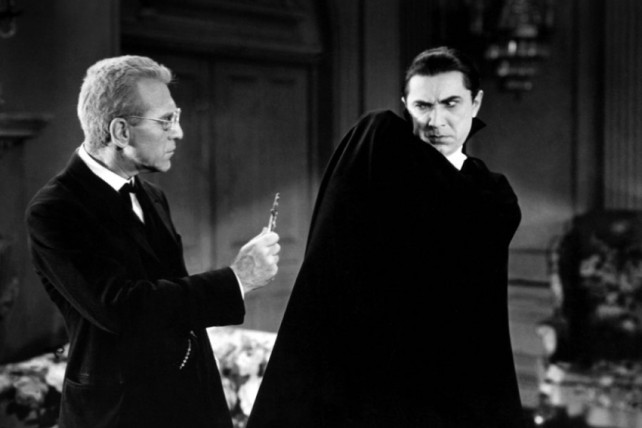“There really are such things as Vampires!”
Tod Browning’s 1931 Universal picture, Dracula, is the one that started it all. The one that started the horror genre as a pure form for American audiences. So much so, that the original release of the film contained an epilogue from Edward Van Sloan (he also provided the prologue to Frankenstein) to comfort audiences that what they had just seen would not give them nightmares, even if he continued that “There really are such things as Vampires!”
The epilogue was removed from the 1936 re-release because of strict censorship enforcement resulting from the 1934 Motion Picture Production Code. A sad tragedy that the epilogue is believed to be lost.
Buying fear
Dracula was a huge success upon its release. Not to take anything away from Dracula or to discredit the film, but the studio acted rather dubiously. In a move that seems like it would be much more common in today’s world, and less a move from a seemingly honest era, the studio “encouraged” papers to review the film and to state that audiences were fainting from shock and terror. It worked, because people came to see.
Curse of Dracula
Although Bela Lugosi’s Dracula is the iconic image we all think of, he would only go on to reprise this character one more time. However, he played other vampire characters, including Count Mora in Tod Browning’s Mark of the Vampire (1935), a remake of his lost 1927 silent film London After Midnight.
Lugosi was a talented actor, both on stage and in film, capable of a variety of roles, but his perfectly haunting, chilling, and terrifying portrayal of Dracula would forever pigeonhole him as a bloodsucker. He may not have viewed this as a curse, since he was buried in the cape he wore in the film that made him an icon of horror.
Notably, Lugosi wasn’t Browning’s first choice, nor was he the second, third, and so on. Lon Chaney was who Browning had always wanted for the role, but Chaney died of throat cancer, which reportedly left Browning less than involved in filming Dracula. Carl Laemmle Jr., producer, was not interested in casting Lugosi, even if Lugosi had garnered great reviews for the stage production of Dracula. Candidates Laemmle had in mind instead included Paul Muni, Chester Morris, Ian Keith, John Wray, Joseph Schildkraut, Arthur Edmund Carewe, and William Courtenay.
What’s missing in Dracula?
When we think of vampires, we often think of fangs, which leads to thoughts of biting and bite marks. (Oddly, the romantic notion of bite marks have been replaced with torn out jugulars in today’s films.) But those two elements of vampire lore are absent from 1931′s Dracula, although they are alluded to and even “seen” by some of the characters. The rest of the vampire legend seems to be intact, but I don’t remember mention of garlic.
The Dracula cast:
Bela Lugosi as Count Dracula
Helen Chandler as Mina
David Manners as John Harker
Dwight Frye as Renfield
Edward Van Sloan as Van Helsing
Herbert Bunston as Dr Seward
Frances Dade as Lucy
Joan Standing as Nurse Briggs (in an error on the opening credits, she is misidentified as “Maid”)[5]
Charles K. Gerrard as Martin, Renfield’s attendant
Rock Hard \m/











